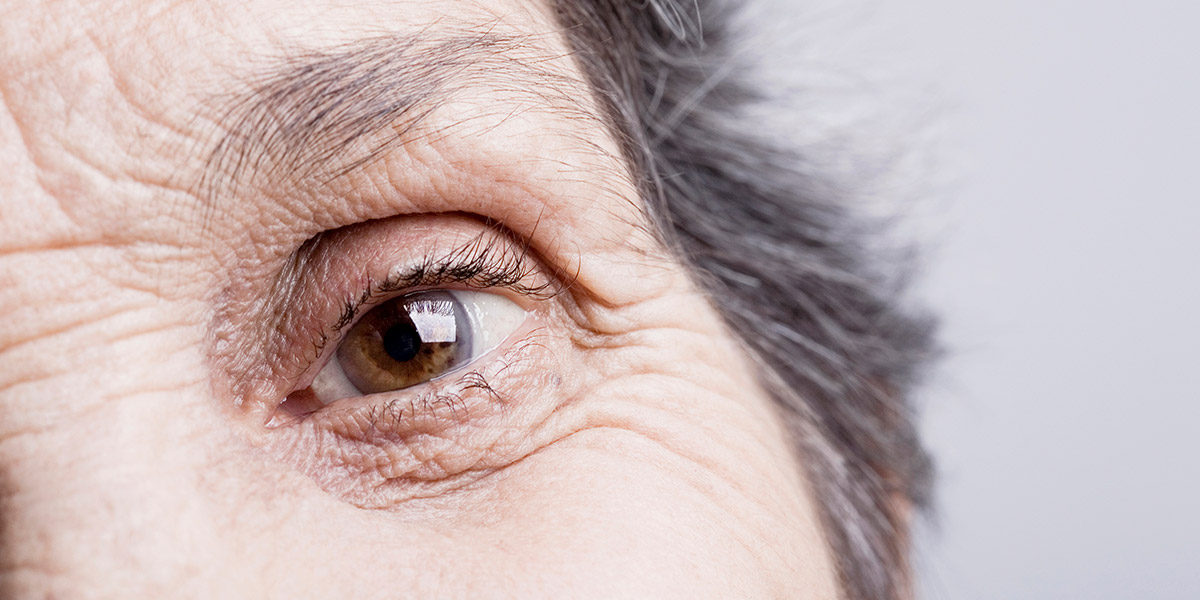Using Eye Exams to Predict and Prevent Stroke

You can often tell if someone is happy or sad by looking into their eyes. Scientists know that the eyes reveal much more than emotion. They are now using eye exams to determine potential problems in other parts of the body.
“Retinal blood vessels are a reflection of blood vessels in the brain. In some patients, retinal blood clots or eye strokes indicate a risk for brain stroke,” says Byron Lam, M.D., a neuro-ophthalmologist at Bascom Palmer Eye Institute, part of the University of Miami Health System. Dr. Lam is the Robert Z. and Nancy J. Greene Chair in Ophthalmology at Bascom Palmer.
Blood clots stem from circulation problems. A clot in the eye can cause clouded vision or sudden blocked vision. This is a serious complication that should be seen immediately, says Dr. Lam. Poor circulation to the eye can be a warning sign of a debilitating stroke.
Jose Romano, M.D., a vascular neurologist with the University of Miami Health System explains: “The brain and eye share the same type of mechanisms that cause vascular injury. Once an ophthalmologist diagnoses an eye stroke, the patient should be referred immediately to a stroke center. But it is important to go to the right stroke center because he or she can potentially receive medication either intravenously or via a catheter into the carotid artery to unblock the artery responsible for the eye stroke and potentially prevent a more serious stroke.”
A pathway to patient care
Because retinal blood vessels are more visible than vessels in the brain, Bascom Palmer ophthalmologists will soon implement a protocol to identify and refer patients with an occluded or blocked retinal artery.
Working with UHealth stroke neurologists, Dr. Lam and other Bascom Palmer ophthalmologists developed guidelines to better diagnose and treat eye strokes or those at risk due to poor eye circulation. When an ophthalmologist diagnoses a potential treatable problem, the patient is referred to an interventional neurosurgeon. This specialist will then consider administering a “clot busting” injection to ward off a stroke. The guidelines recommend referring patients for treatment within eight hours of diagnosis.
“Ophthalmologists are great at identifying eye problems, but we must take the next step and refer patients for visual circulatory problems that are potentially treatable or may increase the chance for a stroke of the brain. These guidelines will increase awareness among physicians and educate our residents-in-training about the connection between eye and brain strokes. Coordinating our efforts with UHealth stroke experts improves patient care, which is our ultimate goal,” Dr. Lam says.
The link between your eyes and neurologic disorders
Researchers are studying the relationship between diseases like Alzheimer’s, Parkinson’s, and multiple sclerosis and retinal blood vessels. “There are published reports, including some from Dr. Hong Jiang at Bascom Palmer, which demonstrate that changes in the eye are related to the changes in the brain. The body is all connected, which is why ophthalmologists need to build bridges with other specialties,” Dr. Lam says.
Nancy Moreland is a contributing writer for UMiami Health News. She has written for several major health care systems and the Centers for Disease Control and Prevention. Her writing also appears in the Chicago Tribune.
Tags: eye stroke, neuro-ophthalmology, ocular circulation problems, retinal vein occlusion
